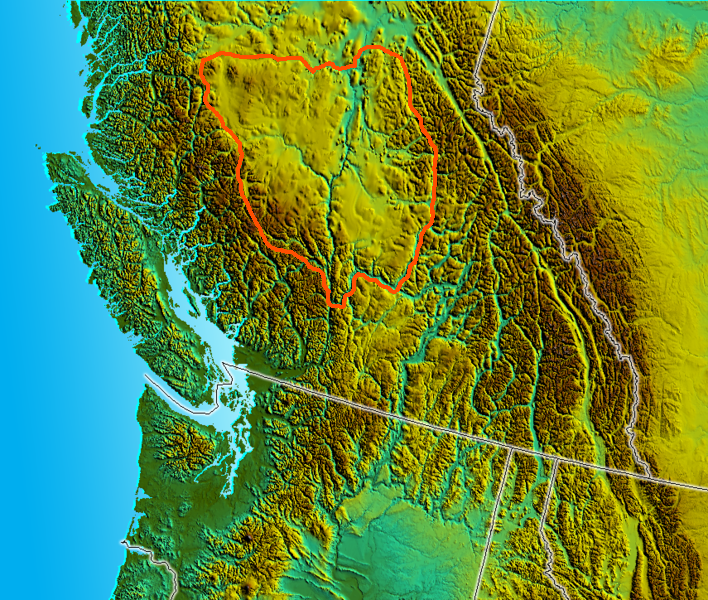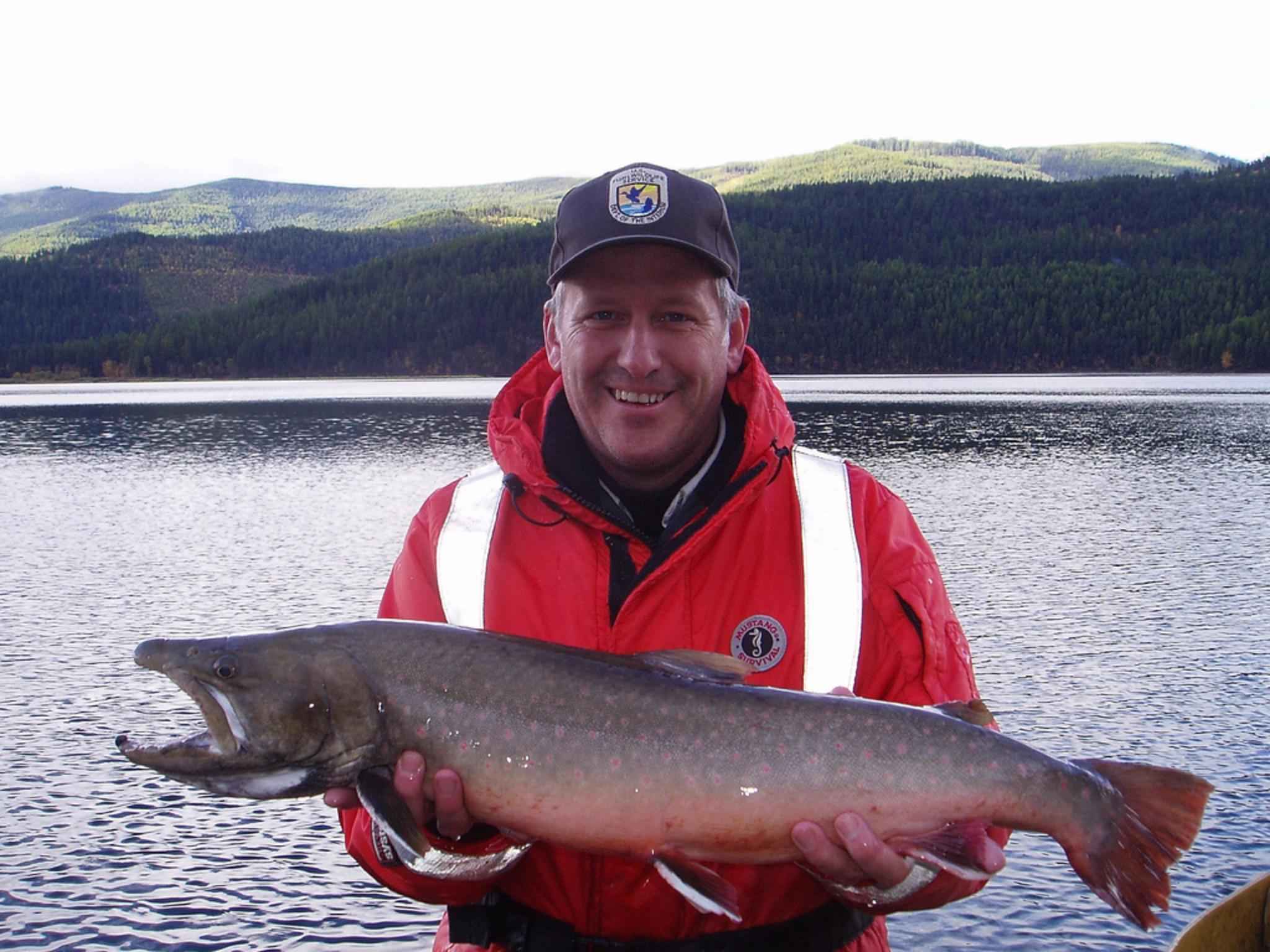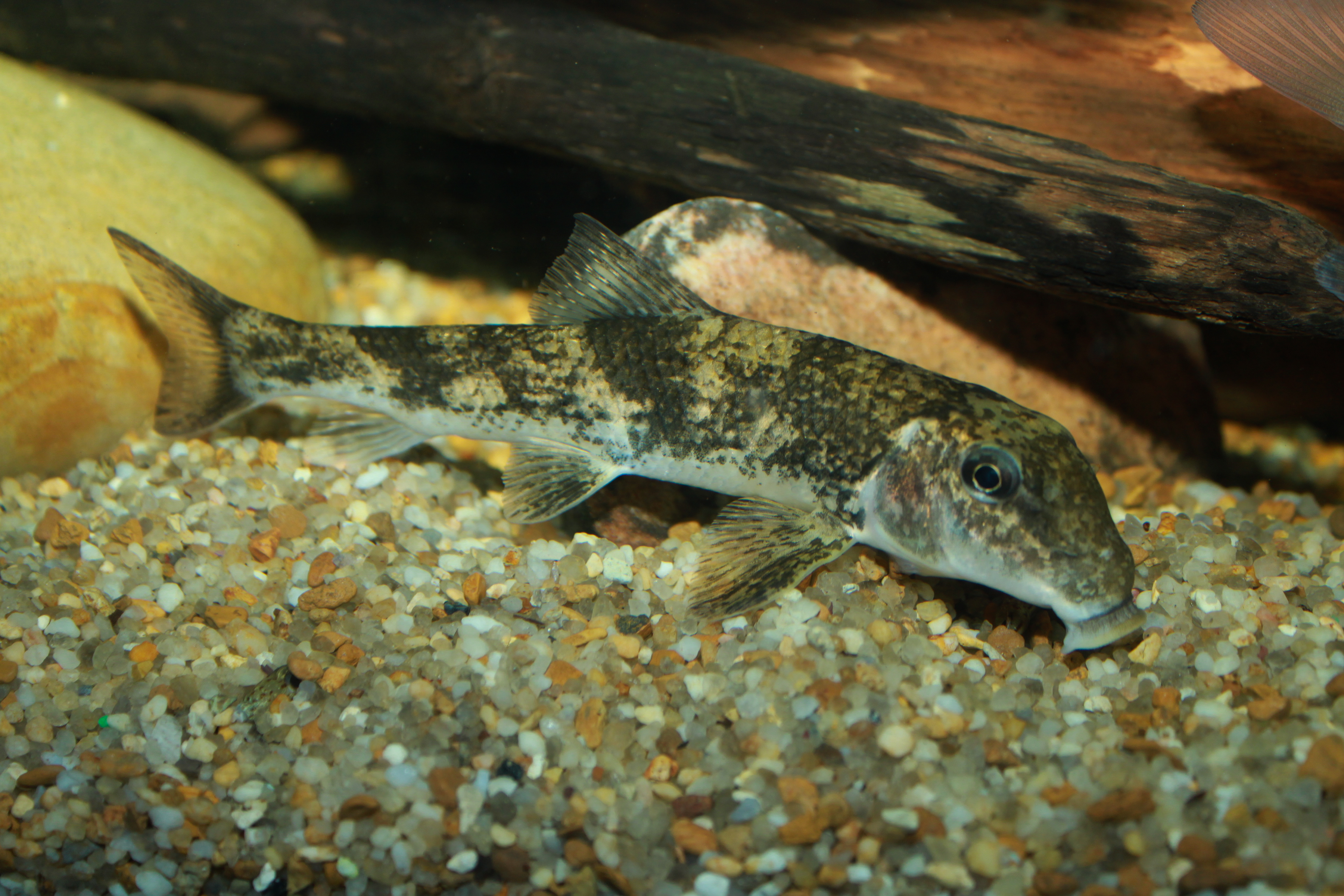|
108 Mile Lake
108 Mile Lake is a glacial lake located in the Cariboo region of British Columbia, Canada. The lake is named after the nearby town 108 Mile Ranch.''108 Mile Lake'' is connected to Sepa Lake (a smaller lake to the south). The channel between the two lakes was dredged in the late 1980s allowing a free flow of water between the two basins. The lake is a popular fishing, hiking, and mountain biking spot. Fish found in this lake include rainbow trout, bull trout, redside shiners, northern pikeminnows, suckers and coastal cutthroat trout. See also *List of lakes of British Columbia This is an incomplete list of lakes of British Columbia, a province of Canada. Larger lake statistics * List of lakes 1 * 101 Mile Lake * 103 Mile Lake * 105 Mile Lake * 108 Mile Lake A * Adams Lake * Alouette Lake * Alta Lake ( ... References {{reflist Lakes of the Cariboo Mountain lakes Glacial lakes of Canada Lillooet Land District ... [...More Info...] [...Related Items...] OR: [Wikipedia] [Google] [Baidu] |
108 Mile Ranch
108 Mile Ranch is a residential community of 700 homes situated in the South Cariboo region of British Columbia located in a historic area of ranches and lakes. Historically, en route to the great Cariboo Gold Rush, a few of the travellers settled here. A feature of the 108 community is its green belt lands. Comprising more than these community parklands include 108 and Sepa Lakes, Walker Valley and many small patches scattered around the ranch. 108 Mile Ranch is about north of 100 Mile House, just off Highway 97. South Cariboo Regional Airport is the regional facility for the South Cariboo. Located on Highway 97, The 108 Heritage Site is a tourist attraction with its growing number of restored buildings, including the largest log barn in Canada. Transportation Airports South Cariboo Regional Airport or 108 Mile Ranch Airport (IATA: ZMH, ICAO: CZML) is a registered aerodrome located northwest of the city. It is the regional aerodrome for the South Cariboo Regional District ... [...More Info...] [...Related Items...] OR: [Wikipedia] [Google] [Baidu] |
British Columbia
British Columbia (commonly abbreviated as BC) is the westernmost province of Canada, situated between the Pacific Ocean and the Rocky Mountains. It has a diverse geography, with rugged landscapes that include rocky coastlines, sandy beaches, forests, lakes, mountains, inland deserts and grassy plains, and borders the province of Alberta to the east and the Yukon and Northwest Territories to the north. With an estimated population of 5.3million as of 2022, it is Canada's third-most populous province. The capital of British Columbia is Victoria and its largest city is Vancouver. Vancouver is the third-largest metropolitan area in Canada; the 2021 census recorded 2.6million people in Metro Vancouver. The first known human inhabitants of the area settled in British Columbia at least 10,000 years ago. Such groups include the Coast Salish, Tsilhqotʼin, and Haida peoples, among many others. One of the earliest British settlements in the area was Fort Victoria, established ... [...More Info...] [...Related Items...] OR: [Wikipedia] [Google] [Baidu] |
Glacial Lake
A glacial lake is a body of water with origins from glacier activity. They are formed when a glacier erodes the land and then melts, filling the depression created by the glacier. Formation Near the end of the last glacial period, roughly 10,000 years ago, glaciers began to retreat. A retreating glacier often left behind large deposits of ice in hollows between drumlins or hills. As the ice age ended, these melted to create lakes. This is apparent in the Lake District in Northwestern England where post-glacial sediments are normally between 4 and 6 metres deep. These lakes are often surrounded by drumlins, along with other evidence of the glacier such as moraines, eskers and erosional features such as striations and chatter marks. These lakes are clearly visible in aerial photos of landforms in regions that were glaciated during the last ice age. The formation and characteristics of glacial lakes vary between location and can be classified into glacial erosion lake, ice-bloc ... [...More Info...] [...Related Items...] OR: [Wikipedia] [Google] [Baidu] |
Cariboo
The Cariboo is an intermontane region of British Columbia, Canada, centered on a plateau stretching from Fraser Canyon to the Cariboo Mountains. The name is a reference to the caribou that were once abundant in the region. The Cariboo was the first region of the interior north of the lower Fraser River and its canyon to be settled by non-indigenous people, and played an important part in the early history of the colony and province. The boundaries of the Cariboo proper in its historical sense are debatable, but its original meaning was the region north of the forks of the Quesnel River and the low mountainous basins between the mouth of that river on the Fraser at the city of Quesnel and the northward end of the Cariboo Mountains, an area that is mostly in the Quesnel Highland and focused on several now-famous gold-bearing creeks near the head of the Willow River. The richest of them all, Williams Creek, is the location of Barkerville, which was the capital of the Cariboo Gol ... [...More Info...] [...Related Items...] OR: [Wikipedia] [Google] [Baidu] |
Canada
Canada is a country in North America. Its ten provinces and three territories extend from the Atlantic Ocean to the Pacific Ocean and northward into the Arctic Ocean, covering over , making it the world's second-largest country by total area. Its southern and western border with the United States, stretching , is the world's longest binational land border. Canada's capital is Ottawa, and its three largest metropolitan areas are Toronto, Montreal, and Vancouver. Indigenous peoples have continuously inhabited what is now Canada for thousands of years. Beginning in the 16th century, British and French expeditions explored and later settled along the Atlantic coast. As a consequence of various armed conflicts, France ceded nearly all of its colonies in North America in 1763. In 1867, with the union of three British North American colonies through Confederation, Canada was formed as a federal dominion of four provinces. This began an accretion of provinces an ... [...More Info...] [...Related Items...] OR: [Wikipedia] [Google] [Baidu] |
Rainbow Trout
The rainbow trout (''Oncorhynchus mykiss'') is a species of trout native to cold-water tributaries of the Pacific Ocean in Asia and North America. The steelhead (sometimes called "steelhead trout") is an anadromous (sea-run) form of the coastal rainbow trout or Columbia River redband trout that usually returns to freshwater to spawn after living two to three years in the ocean. Freshwater forms that have been introduced into the Great Lakes and migrate into tributaries to spawn are also called steelhead. Adult freshwater stream rainbow trout average between , while lake-dwelling and anadromous forms may reach . Coloration varies widely based on subspecies, forms, and habitat. Adult fish are distinguished by a broad reddish stripe along the lateral line, from gills to the tail, which is most vivid in breeding males. Wild-caught and hatchery-reared forms of the species have been transplanted and introduced for food or sport in at least 45 countries and every continent except ... [...More Info...] [...Related Items...] OR: [Wikipedia] [Google] [Baidu] |
Bull Trout
The bull trout (''Salvelinus confluentus'') is a char of the family Salmonidae native to northwestern North America. Historically, ''S. confluentus'' has been known as the " Dolly Varden" (''S. malma''), but was reclassified as a separate species in 1980. Bull trout are listed as a threatened species under the U.S. Endangered Species Act (1998) and as vulnerable on the IUCN Red List of Threatened Species. Description Like other species of char, the fins of a bull trout have white leading edges. Its head and mouth are unusually large for salmonids, giving it its name. Bull trout have been recorded measuring up to in length and weighing . Bull trout may be either migratory, moving throughout large river systems, lakes, and the ocean, or they may be resident, remaining in the same stream their entire lives. Migratory bull trout are typically much larger than resident bull trout, which rarely exceed . Bull trout can be differentiated from brook trout (''S. fontinalis'') by the absen ... [...More Info...] [...Related Items...] OR: [Wikipedia] [Google] [Baidu] |
Redside Shiner
The redside shiner (''Richardsonius balteatus'') is a species of cyprinid fish found in the western United States and Canada Canada is a country in North America. Its ten provinces and three territories extend from the Atlantic Ocean to the Pacific Ocean and northward into the Arctic Ocean, covering over , making it the world's second-largest country by tot .... References * Richardsonius Cyprinid fish of North America Fish of Canada Fish of the United States Fish described in 1836 Taxa named by John Richardson (naturalist) {{Leuciscinae-stub ... [...More Info...] [...Related Items...] OR: [Wikipedia] [Google] [Baidu] |
Northern Pikeminnow
The Northern pikeminnow, Columbia River dace or formerly Squawfish (''Ptychocheilus oregonensis'') is a large member of the minnow family, Leuciscidae. This predatory freshwater fish is native to northwestern North America, ranging from the Nass River basin to the Columbia River basin. A good deal of concern has been expressed regarding the impact northern pikeminnow populations may have on salmon in Columbia and Snake river impoundments.Blecha, Peter. 2018. "Pikeminnow reward program remains strong". ''The Columbian''. https://www.columbian.com/news/2018/jul/25/pikeminnow-reward-program-remains-strong/. Accessed 8/21/18 Naming Until 1999, when the American Fisheries Society officially changed the common name to pikeminnow, the four species of this genus ''Ptychocheilus'' were known as squawfish. Behavior and habitat Northern pikeminnows can live at least 11 years, reaching up to in total length and in weight. Female northern pikeminnow reach sexual maturity at about six y ... [...More Info...] [...Related Items...] OR: [Wikipedia] [Google] [Baidu] |
Catostomidae
The Catostomidae are the suckers of the order Cypriniformes, with about 78 species in this family of freshwater fishes. The Catostomidae are almost exclusively native to North America. The only exceptions are ''Catostomus catostomus,'' found in both North America and Russia, and ''Myxocyprinus asiaticus'' found only in China. In the Ozarks they are a common food fish and a festival is held each year to celebrate them. ''Ictiobus cyprinellus'' can reach an age up to 112 years, making it the oldest known freshwater teleost. Description and biology The mouths of these fish are most commonly located on the underside of their head ( subterminal), with thick, fleshy lips. Most species are less than in length, but the largest species (''Ictiobus'' and '' Myxocyprinus'') can surpass . They are distinguished from related fish by having a long pharyngeal bone in the throat, containing a single row of teeth. Catostomids are most often found in rivers, but can be found in any freshwate ... [...More Info...] [...Related Items...] OR: [Wikipedia] [Google] [Baidu] |
Coastal Cutthroat Trout
The coastal cutthroat trout (''Oncorhynchus clarkii clarkii''), also known as the sea-run cutthroat trout, blue-back trout or harvest trout, is one of the several subspecies of cutthroat trout found in Western North America. The coastal cutthroat trout occurs in four distinct forms. A semi-anadromous or sea-run form is the most well known. Freshwater forms occur in both large and small rivers and streams and lake environments. The native range of the coastal cutthroat trout extends south from the southern coastline of the Kenai Peninsula in Alaska to the Eel River in Northern California. Coastal cutthroat trout are resident in tributary streams and rivers of the Pacific basin and are rarely found more than from the ocean. Adults migrate from the ocean to spawn in fresh water. Juveniles migrate to the sea where they feed and become sexually mature before returning to fresh water to overwinter and spawn. Unlike steelhead and Pacific salmon, coastal cutthroat do not make lengthy m ... [...More Info...] [...Related Items...] OR: [Wikipedia] [Google] [Baidu] |
List Of Lakes Of British Columbia
This is an incomplete list of lakes of British Columbia, a province of Canada. Larger lake statistics * List of lakes 1 * 101 Mile Lake * 103 Mile Lake * 105 Mile Lake * 108 Mile Lake A * Adams Lake * Alouette Lake * Alta Lake (British Columbia) * Ambrose Lake (British Columbia) * Anderson Lake (British Columbia) * Angora Lake *Angus Horne Lake *Arrow Lakes *Atlin Lake * Azure Lake *Azouzetta Lake B *Babine Lake * Ball Lake * Battleship Lake * Bear Lake (Bear River) * Bennett Lake * Berg Lake * Bolton Lake (British Columbia) * Bridge Lake (British Columbia) * Brigade Lake * Bughouse Lake * Buntzen Lake *Burnaby Lake C * Cahilty Lake (British Columbia) * Canim Lake (British Columbia) * Capilano Lake * Carp Lake Provincial Park *Carpenter Lake *Cecil Lake (Peace River Country) * Chadsey Lake * Champion Lakes Provincial Park * Charlie Lake (British Columbia) * Charlotte Lake (British Columbia) * Cheakamus Lake *Chehalis Lake * Cheslatta Lake * Chilcotin Lake * Chil ... [...More Info...] [...Related Items...] OR: [Wikipedia] [Google] [Baidu] |








